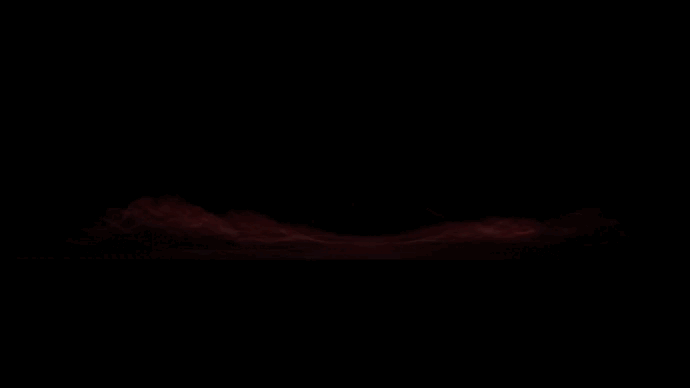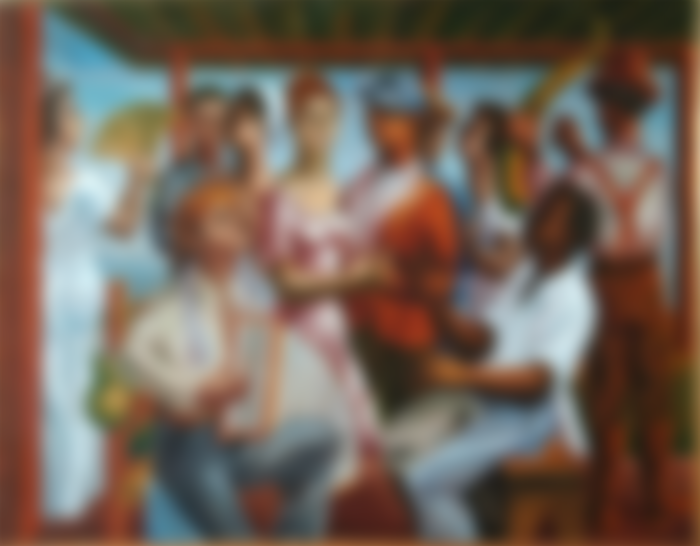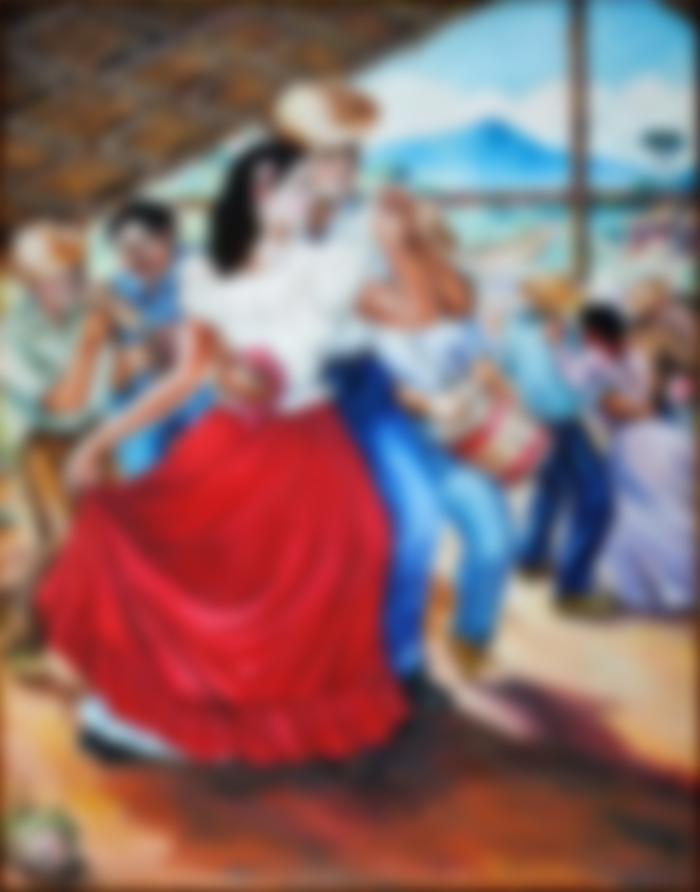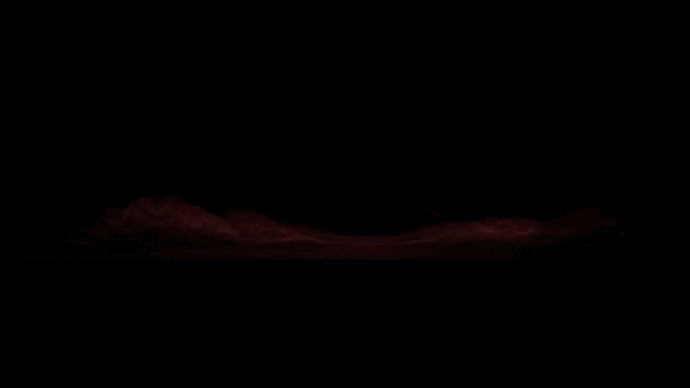Musical Genres and their History - The Merengue

Design Created On Canva.com
August 06 / 09 / 2021
Many musical genres have emerged throughout history, however, we listen to them, we become fans of them, but do we know their history? That is why in Virtual Variety we took the task of creating a new space, where we will investigate how these musical genres emerged, what are their characteristics, and what is their country of origin. We hope you enjoy this incredible space where music and history prevail.
« I thank these beautiful people from the bottom of my heart for their support and dedication, if you still do not read any article about them or do not know them, we invite you to do so, it will be the best decision you've made in your life »
To talk about Merengue is to talk about the Dominican Republic, the paradise in the Caribbean Sea, a country so diverse, full of virtues, cheerful people, and with such a rich culture that captivates in seconds. Merengue and Salsa are the dance music genres that are part of Latin American culture. According to historians, the first instruments used in merengue were string instruments (Bandurria and/or Guitar). However, the musicians understood that something else was needed, and decided to try other instruments, and that is how years later they added the Accordion, giving it a very captivating sound, and creating the perfect trio: Accordion, güira, and Tambora. And with these three instruments, we see how this genre was influenced by various cultures, which we will explain in this way:

Europe - When the Germans arrived in Dominican lands, they were fascinated by the crops that were in such a paradisiacal island, and began to make certain trades, including their adored accordion, when the settlers saw the potential and the interesting sound that this instrument emitted, they decided to include them in the Merengue.
Africa - The same happened with the arrival of Africans, they used a wooden base, circular of a few centimeters long, with two kinds of "entrances", which were covered or lined with leather, and from there emerged the famous drum or tamboras, when they saw that with this they could create a rhythm in unison with the accordion, it was also added.
Aborigines - The Indians of the Caribbean islands (the Taíno), also used their ingenuity and creativity to create an instrument called Guiria, which without thinking about it, or wanting it, became the third instrument that turned merengue into an unequaled genre that moves many people in the world today. But we can't stop asking ourselves.

¿Where does merengue come from?
Historians allege that Merengue comes from a West African melody, called: UPA Habanera, this melody passed through Puerto Rico and Venezuela, however, it was accepted by Santo Domingo, in 1838 and 1849. The curious thing is that on the island came a dance, at that time, in which there was a movement called "Merengue" is where both the name for the genre, as for the dance, a rather curious fact. It turns out that by the year 1844 the genre still did not convince some people of the island, they found it interesting and different, however, the upper class, began a movement against this music, they requested that it be banned, for its vulgar lyrics, for those excessive dances and for having links with African music. But the popular masses, on the contrary, enjoyed it, danced to it, and little by little made it part of their culture, of their daily life. It is worth mentioning that the word Merengue comes from the word muserengue or tartan mouringue, these dances began with the arrival of Africans from Guinea to the Dominican, Colombian and Venezuelan coasts.

One of the first styles that emerged from Merengue is the famous Perico Ripiao, a style quite fast, so fast, that their songs are very different from the merengue we are used to, unlike those, in this style, verses or simple tents are used, accompanied by some poetic phrases, this type or style of Merengue is heard in the Cibao, specifically in the Campos Cibaenos, it should be noted that this is interpreted by the three basic instruments, Accordion, Tambora and Guiria, and these are known as: "The Accordion Party".

The '80s is when the Merengue begins to reinvent itself and become popular around the world, we could say that begins its Golden Age, is when new groups appear, with their creativity, add new instruments, thus giving more shape and quality to this divine genre, there are many groups and singers Merengueros, who have been immortalized in time, for their songs, for the talent they have, and for leaving high to their beautiful Dominican Republic, among them we can mention: Wilfrido Vargas y Su Orquesta, Sergio Vargas, Eddy Herrera, Fernando Villalona, Juan Luis Guerra, Liz, Mily Quezada, Fefita la Grande, Rubby Perez, among other greats that remain and will remain in the hearts of all lovers of such a spectacular genre. So we invite you to listen to a good meringue and let yourself go, we hope you find this post interesting and enjoyable.






It's my first time of hearing them. I'm a carpenter and abba fan but idk their story. I just love their songs